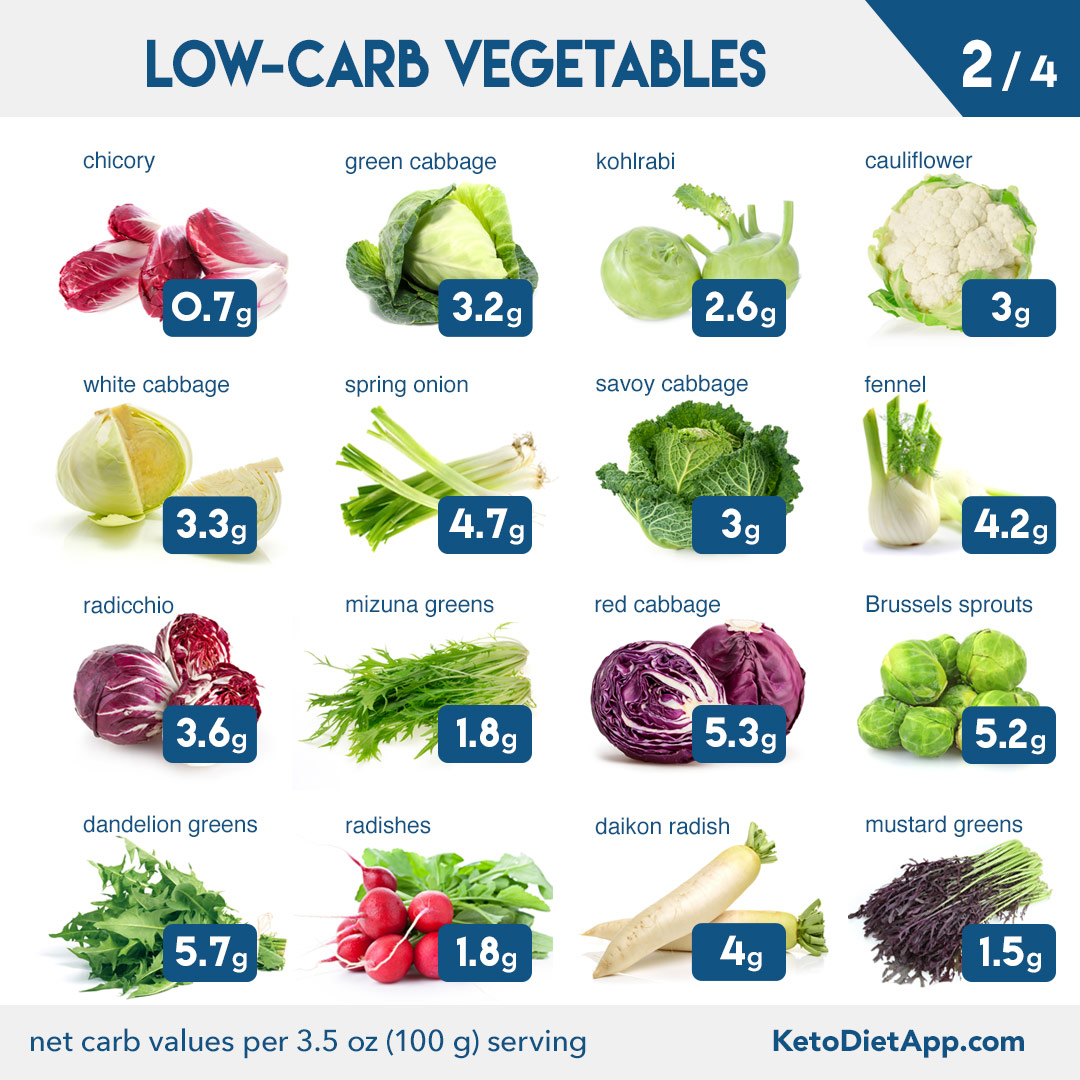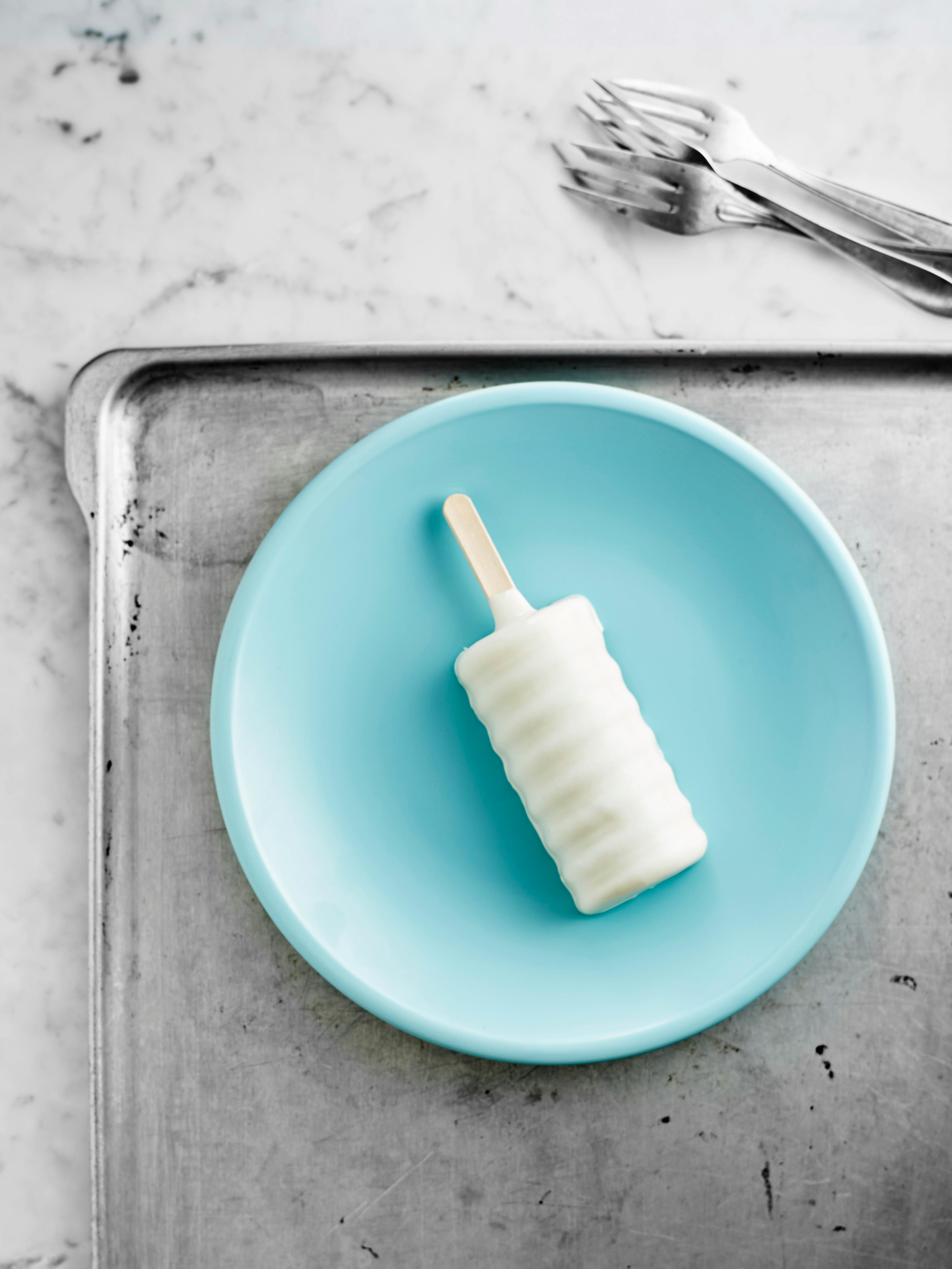Effective Ways to Bake Keto Sourdough Bread for 2025
If you’re looking for a healthy and delicious alternative to traditional bread, you’ll want to explore the incredible world of keto sourdough bread. This guide covers everything from the essential keto sourdough bread recipe to tips for perfecting that unique tangy sourdough flavor. We're stepping into the future of baking with innovative recipes and methods tailored for the ketogenic lifestyle, ensuring you have the best tools and techniques for success in 2025!
Understanding the Basics of Keto Sourdough
Before diving into recipes, it's vital to understand what makes keto sourdough bread different from traditional sourdough. Traditional techniques involve a naturally fermented start using flour and water, producing a sourdough starter that contributes to the bread's flavor and texture. When adapting this to a low-carb composition, ingredients like almond flour or coconut flour replace regular wheat flour, while maintaining the health benefits derived from fermentation.
The Fermentation Process of Sourdough
The sourdough fermentation process involves cultivating a community of yeast and bacteria that rise the dough naturally. In keto baking, this not only helps achieve the iconic sourdough taste but also enhances sourdough bread nutrition. To create an effective sourdough starter, you'll combine equal parts of flour (like almond flour for a grain-free option) and water. Over the course of several days, you’ll feed this mixture to grow the yeast populations, ready for baking. This living culture provides probiotics that are beneficial for gut health, which is an attractive characteristic of any keto diet approach.
Key Ingredients for Keto Sourdough Bread
To make the best keto sourdough bread, it’s crucial to select the right ingredients. Keto bread mix products often include a blend of low-carb flours and necessary leavening agents. Common combinations might feature almond flour, coconut flour, and vital wheat gluten for structure. Be mindful of moisture levels, often determined by the flour type; adjusting hydration can significantly impact the final texture and success of the bread.
Common Keto Sourdough Baking Techniques
Kneading sourdough dough differs from traditional neck-breaking techniques due to the absence of gluten. Instead, focus on a gentle folding method to enhance air retention without damaging the delicate structure. Once your dough has proofed, consider using techniques like scoring (making slashes on the top before baking), which not only aids in even cooking but also adds to the visual appeal of your finished product.
Easy Keto Sourdough Bread Recipes
Bread lovers will enjoy experimenting with numerous easy keto sourdough recipes as we highlight some favorites. Each recipe emphasizes practical techniques and unique variations, making your keto bread journey enjoyable and diverse.
Quick Keto Sourdough Recipe
This quick recipe combines almond flour and eggs for a simpler approach. Start by mixing 2 cups of almond flour, 2 eggs, a teaspoon of baking soda, and a tablespoon of vinegar—or, for a longer fermentation, incorporate player volume from your sourdough starter. Bake in a preheated oven set to 350°F for approximately 30 minutes, resulting in a soft interior and a slightly crisp crust that pairs perfectly with your favorite spreads.
Kefir for Fermentation in Bread
Kefir can serve as a fantastic moisture-rich alternative in low carb baking due to its probiotic content. By substituting half the liquid in your keto sourdough bread recipe with kefir, you'll enhance flavor complexity while benefiting from its nutrition. This simple modification can infuse a twist into traditional recipes and make them feel fresh and exciting!
Fathead Dough Sourdough Variation
A twist on a popular keto classic, the fathead dough sourdough integrates mozzarella and cream cheese, producing a delightful fathead dough sourdough bread base. Combine 1 cup of ready-made fathead dough with your sourdough starter, a sprinkle of garlic powder, and Italian herbs, then bake for an indulgent experience that’s tangy, chewy, and absolutely satisfying.
Tips for Perfecting Your Keto Sourdough
Baking keto sourdough bread doesn't need to be daunting; rather, it can be enjoyable with the right keto baking tips and the patience to learn. Here are several tips that will elevate your baking game.
Maintaining Your Sourdough Starter
Consistency and care in maintaining your sourdough starter is key for nice rises. Regular feedings (around every week for a chilled starter) should be part of your routine. If you're looking to simplify, consider a dedicated schedule on the calendar to keep track of feeding times, ensuring your starter remains potent and active. Remember, keeping it in a warm area will promote a lively fermentation process, critical for delicious bread.
Common Baking Mistakes to Avoid
Whether you're a novice or seasoned baker, we all make mistakes. Common pitfalls include not using a scale to measure flour (which disrupts ratio balance), over-kneading (especially for low-carb, gluten-free recipes), and neglecting to allow your dough enough rise time. Tracking progress and remaining open-minded to adjustments will greatly improve your outcomes.
Experimenting and Adjusting Recipes
One of the joys of baking is the freedom to experiment. Feel free to adjust hydration levels, textures, or even adding spices for refreshing perspectives. Incorporating garlic, herbs, or unique flavors will lead to some amazing surprises in your sourdough bread variations. Remember, experimentation equals improvement; enjoy the process of discovering new flavors and textures!
Celebrating Achievements in Sourdough Baking
As you progress along your journey of baking keto sourdough bread, celebrate your successes and those delicious moments spent enjoying homemade creations with family or friends. With continuous practice, adjustments, and learning, you can feel confident in your abilities to create stunning breads that fit into your healthy diet.
Key Takeaways
- Understanding sourdough basics enhances baking outcomes.
- Selecting quality ingredients is critical in keto bread making.
- Experimenting with quick recipes and unique variations broadens your baking skill set.
- Proper starter maintenance and common mistakes can significantly affect the quality of the bread.
- Culinary experiments will lead to delightful discoveries in texture and flavor.
FAQ
1. What are the health benefits of keto sourdough bread?
One of the primary advantages of keto sourdough bread lies in its nutrient density. Thanks to fermentation, it contains probiotics conducive to gut health while being lower in carbs, fitting perfectly into a ketogenic lifestyle. Additionally, sourdough bread nutrition provides health benefits that traditional bread may lack, enhancing digestion.
2. How can I store leftover keto sourdough bread?
To preserve freshness, keto sourdough bread should be stored in an airtight container at room temperature for up to 3 days. For longer storage, consider freezing portions in freezer-friendly bags, removing air to prevent freezer burn. Proper wrapping can maintain flavor and moisture for longer periods!
3. Can I revise traditional bread recipes to become keto friendly?
Absolutely! You'll just need to substitute lower-carb ingredients like almond flour or coconut flour for traditional flour, and adjust the ratios accordingly. Using a net carbohydrate calculator can facilitate these substitutions easily. This method encourages experimentation while maintaining a healthy focus!
4. What is the importance of a sourdough starter in keto baking?
A robust sourdough starter is paramount in achieving that legitimate sourdough taste and texture in your keto bread. It contains the various yeasts needed for fermentation, resulting in healthier, nutritious bread laden with microbial diversity that contributes positively to digestion and flavors.
5. How do I troubleshoot common baking errors in keto bread?
Common errors like dense bread can often claw back to ratios of wet to dry ingredients; if it's too dense, add more moisture or lessen air-filling ingredients like almond flour. Another tip is to ensure thorough mixing of your sourdough starter with the dough to encourage better rise and fermentation for a successful loaf.
6. What are some creative serving ideas for keto sourdough?
Get creative with keto bread serving ideas like transforming your sours into healthy bruschetta, creative sandwiches, or festive appetizers. Pairing individual slices with keto-friendly spreads like herb-infused butter or avocado can elevate even the simplest meal, accentuating both flavor and dietary adherence.
7. How do I create unique shapes for my keto sourdough?
Embrace your artistic side! Using baseline techniques like braiding or shaping into boules can give your bread a beautiful artisan look. Tools like banneton baskets will serve as excellent molds for achieving unique shapes. Experiment, practice, and enjoy the process as it adds personality to your baking!
For visually engaging inspiration, check out these enticing images of finished keto sourdough variations:


Thank you for exploring with us! May your future baking endeavors bring you delicious happiness and health.
